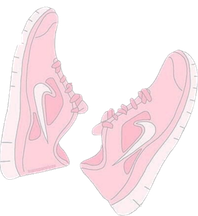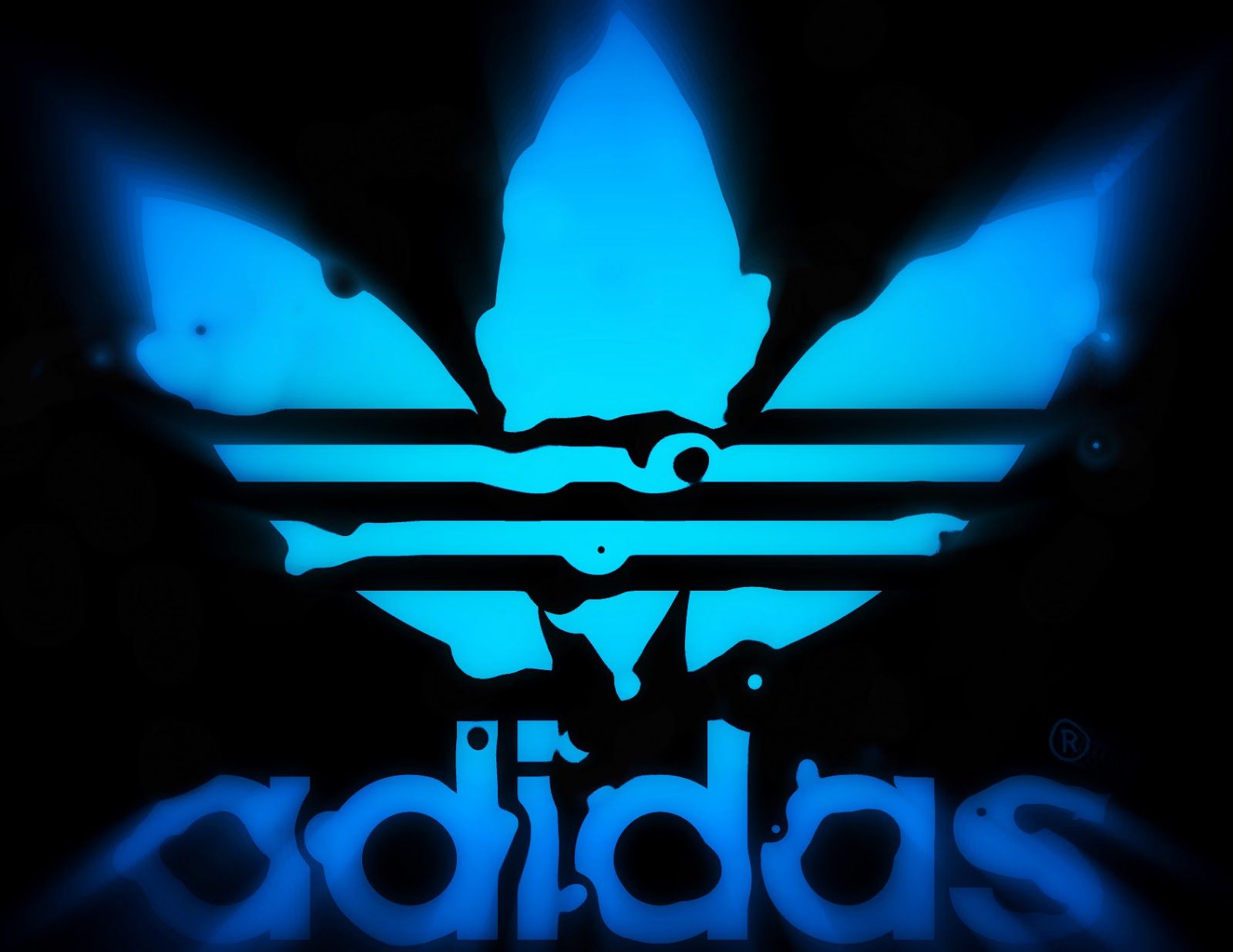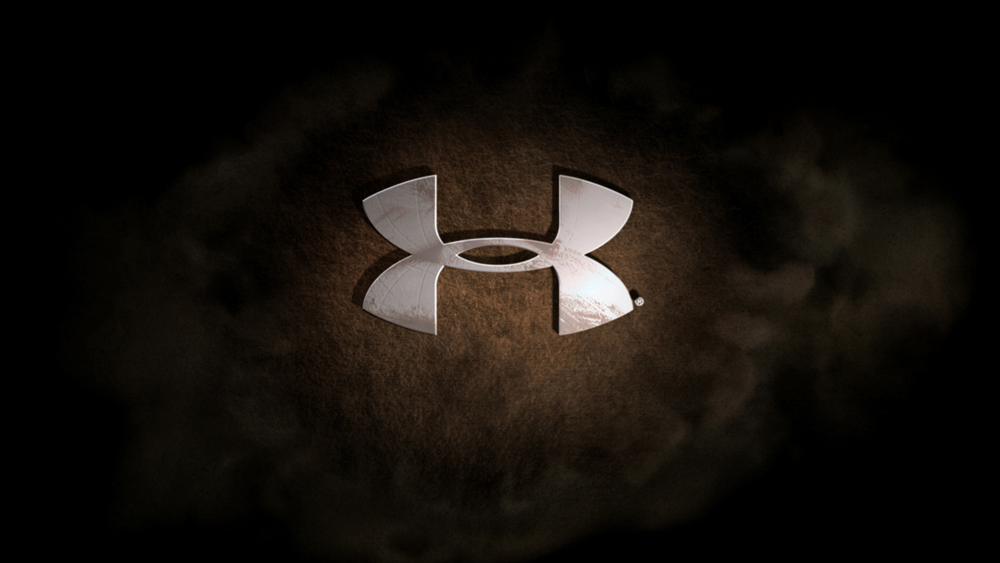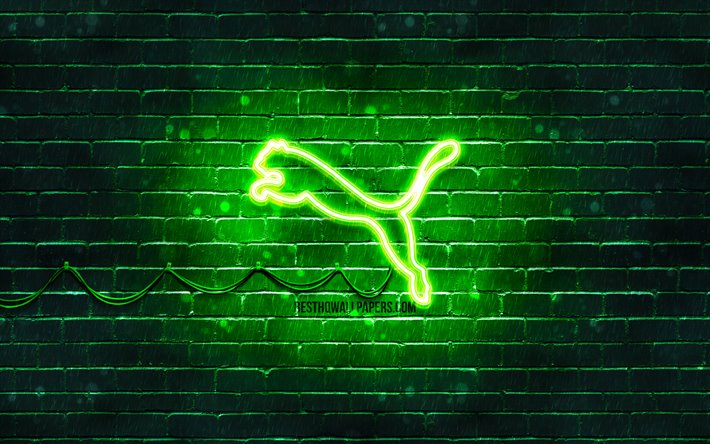
Sports' brands


It was founded in 1964 as Blue Ribbon Sports by Bill Bowerman, a track-and-field coach at the University of Oregon, and his former student Phil Knight. They opened their first retail outlet in 1966 and launched the Nike bra nd shoe in 1972. The company was renamed Nike, Inc., in 1978 and went public two years later.

The company was founded by Adolf "Adi" Dassler who ma de sports shoes in his mother's scullery or laundry room in Herzogenaurach, German y after his return from World War I. In July 1924, his older brother Rudolf joined the business , which became "Dassler Brothers Shoe Factory" (Gebrüder Dassler Schuhfabrik).

Under Armour was founded on September 25, 1996 by Kevin Plank, a then 24-year-old former special teams captain of the University of Maryland football team. Plank initially began the business from his grandmother's basement in Washington, D.C. He spent his time traveling along the East Coast with nothing but apparel in the trunk of his car. His firs t team sale came at the end of 1996 with a $17,000 sale. From his grandmother's basement, Plank moved to Bal timore. After a few moves in the city he moved to his current headquarters in Tide Point. As a fullback at the University of Maryla nd, Plank got tired of having to change out of the sweat-soaked T-shirts worn under his je rsey; however, he noticed that his compression shorts worn during practice stayed dry. This inspired him to make a T-shirt using moisture-wicking synthetic fabric. After graduating from the University of Maryland, Plank developed his first prototype of the shirt, which he gave to his Maryland teammates and friends who had gone on to play in the NFL. Plank soon perfected the design creating a new T-shirt built from microfibers that wicked moisture and kept athletes cool, dry, and light. Major competing brands including Nike, Adidas and Reebok would soon follow in Plank's footsteps with their own moisture-wicking apparel. Plank opted to use the British spelling "armour" in the company name because the toll-free vanity number was still available for that version.

Head Sport GmbH was founded in Baltimore, Maryland, United States, in 1950 by aer onautical engineer Howard Head, after he took a ski trip and was astonished to see his skis were made of wood in an era when metals and plastics were replacing wood in many product designs. He ad worked at the Glenn L. Martin Company where they used a form of aluminum and plastic laminate to build the fuse lages of aircraft, and he felt the same material would make an ideal ski. After two years of constantly breaking skis, by the winter of 1950 they had a design that not only stayed together, but made turning dramatically easier.

A first step in a long history driven by speed and performance: The brothers Rudolf and Adolf Dassler founded the company “Gebrüder Dassler Schuhfabrik” (Dassler Brothers Shoe Factory) in their hometown Herzogenaurach, Germany. Unbeknownst to them, they place the founding stone of the world capital of sports shoes.

In 1944, Paul Van Doren dropped out of intermediate school in 8th grade a t age fourteen when he realized he did not like school. He had a strong passion for horses and f ound his way to the race track where he earned the nickname "Dutch the Clutch", and for one dollar he woul d give the odds of the race. Paul's mother, Rena, did not enjoy the idea of Paul being wit hout a job and not in school, so she insisted he gets a job at Randy's, a shoe manufacturer. His job entailed swe eping the floors and making shoes. Paul eventually became the executive vice president of the company at just 34 ye ars old. Randy's became one of the biggest shoe manufacturers in the US. From Van Doren's quick success in Massachuse tts, he was ordered to turn around a failing Randy's factory in Garden Grove, California, that was losing close to a million dollars each month. Paul and his brother Jim moved their families and settled in Anaheim to help the factory. After just eight months of being in Garden Grove, the factory was functioning better than the one in Massachusetts. Thr ee months after trying to save the Garden Grove factory, Paul decided he wanted to start his own shoe brand.
brand value
sports